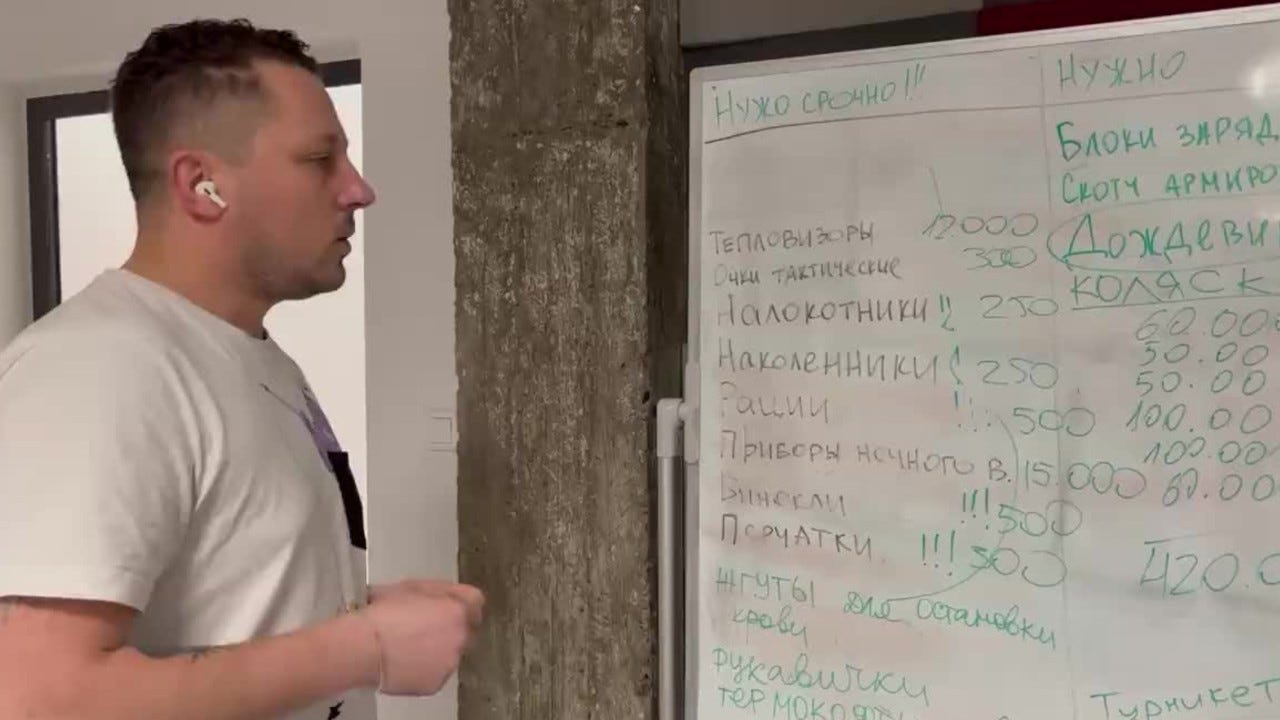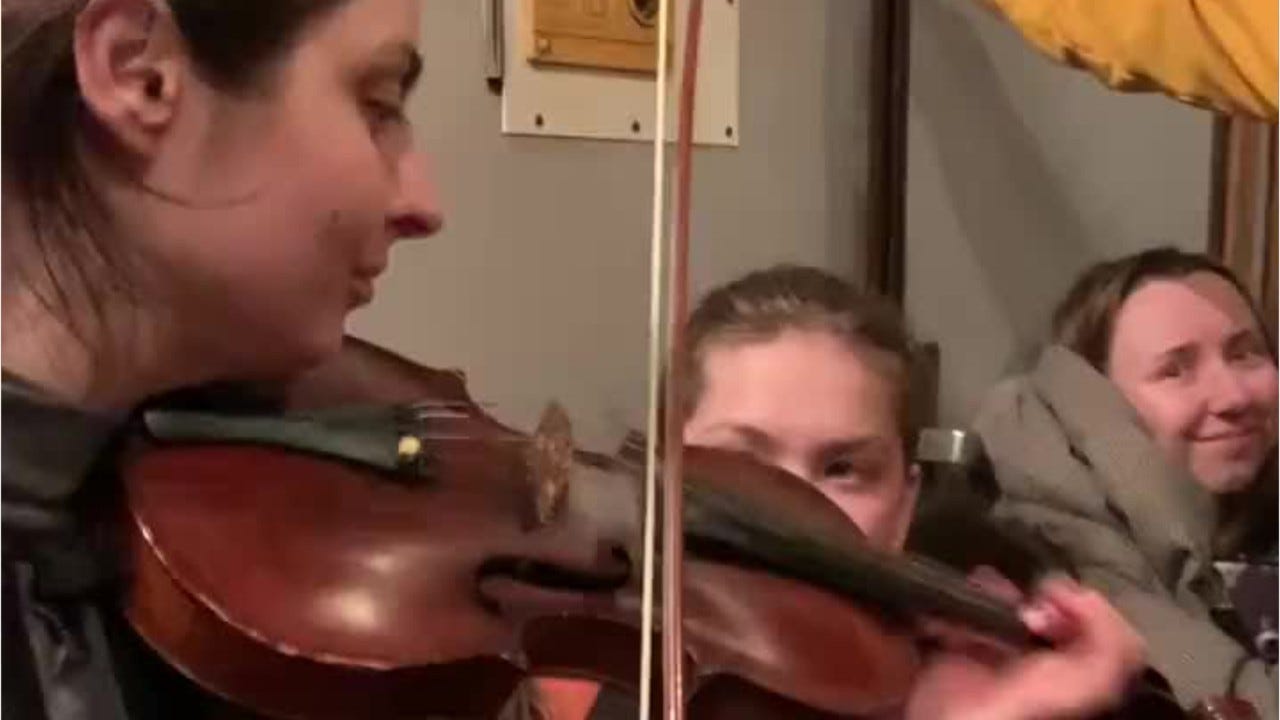10 years after teaching in Ukraine, a reporter returns to eastern Europe. Here's what she saw.
KRAKOW, Poland — The taxi had just pulled up to my hotel when I looked out the car window and saw a mass of protesters across the street, several wrapped in the blue and gold of the Ukrainian flag, others waving the Polish flag.
Hundreds were streaming through Krakow on Sunday, just as thousands were demonstrating in Berlin, Prague and London over Russia’s invasion of Ukraine. After quickly paying my driver, I dumped my suitcase in the hotel lobby and ran after the crowd as it wended its way through the medieval cobblestone streets in this city 150 miles from the Ukrainian border.
Nearly 10 years had passed since I was a 23-year-old graduate student teaching English at a university in Ukraine. I started my career as a local government reporter, but was always curious about the world. So when a friend told me about an opportunity to teach English at a university in Ukraine, with free room and board, I jumped at it.
I knew little about Ukraine before arriving in 2013 to teach at the university’s summer school, a camp run out of a former orphanage in the middle of a woods in the western part of the country.

We ate buckwheat multiple times a week, I came to love Ukrainian borscht, and the conversations I had with my students, often on quiet dirt roads along fields where farmers stacked hay, upended the U.S.-centric worldview I didn’t know I had.
One student told me about his grandparents’ experience with starvation in the 1930s. It was a Soviet-orchestrated famine, he told me, that killed millions of Ukrainians. I had never even heard of it – and I was studying European history and politics.

Another question from a student struck me vividly: “What are Americans saying about Ukrainians? How are they thinking of us?” She asked this excitedly, like she had been waiting to ask someone these questions for a long time.
I recall pausing, not sure what to say. In my circles, and on American newscasts, no one was talking about Ukraine in the summer of 2013.
Now we’re all talking about Ukraine.
As I catch up with the protesters, I interview a woman in her 30s from Belarus who held a sign reading “Europe, stop Putin.” She says she was marching in solidarity with Ukrainians because she knows what it’s like to face repression and Russian influence in her own country.
“We all have common problem, and that problem is Putin,” she says.
The marchers eventually reach the Russian Embassy. Red paint is splattered on the door, and there are smears down some windows.
One man clutching a Ukrainian flag climbs a tree that leans toward the front of the building. The crowd jumps and cheers when he reaches the top. He takes the laces out of his boot and uses them to tie the flag to a branch.
The protesters begin to sing the Ukrainian national anthem, a song of defiance, adopted after the fall of the Soviet Union in 1992.
The song is familiar to me because students sang it each morning before classes at the English summer camp. At the time, I didn’t think much about the song. It had a pretty melody, but I didn’t know what it was saying.
I do now. And so does much of the world.

Katelyn Ferral is an investigative reporter for the Milwaukee Journal Sentinel. She is on assignment in the Ukraine region to cover the conflict there for the Paste BN Network. kferral@gannett.com. Follow her on Twitter at @katelynferral